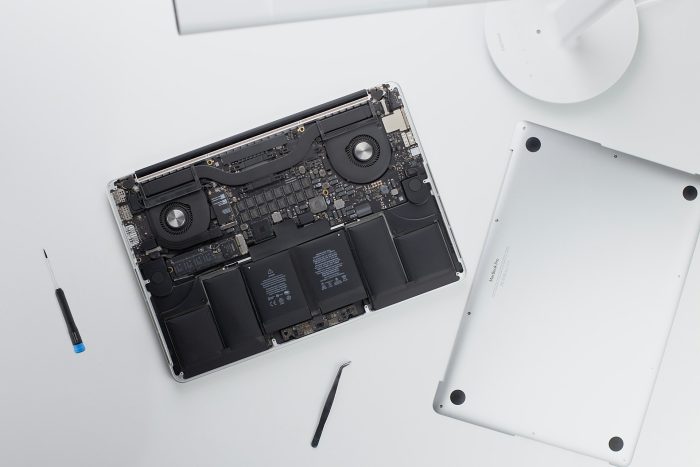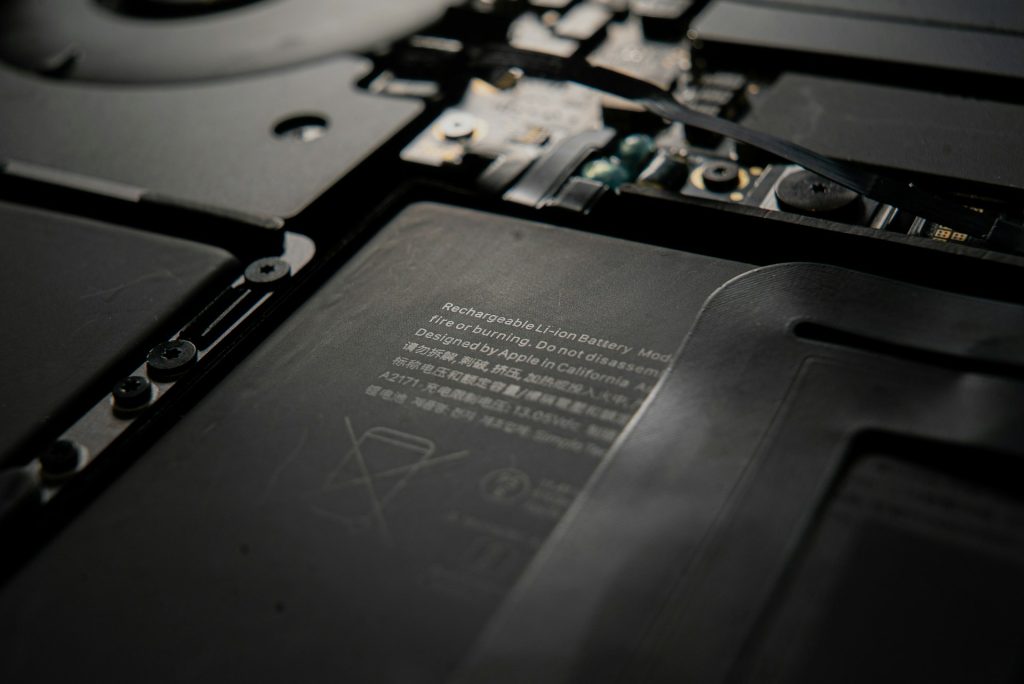Right to Repair is fast gaining traction, and you should care about it.
Corporations mint more money if you don't
5 min. read
Published on
Read our disclosure page to find out how can you help Windows Report sustain the editorial team Read more

Imagine you get a $1500 laptop and expect five years of seamless experience. Two years down the line, it breaks down.
Now, the local repair shop can’t fix it due to the unavailability of official components or because it’s designed in a way that makes repairs difficult. Subsequently, you are forced to contact the manufacturer, who shares an exorbitant estimate. Sounds like a familiar situation?
This is what the Right-to-Repair movement addresses!
What is the Right to Repair movement?
The Right-to-Repair movement advocates providing consumers (or third-party repair shops) with the necessary items and the technical know-how to repair appliances. It’s simple: if you purchase something, you should be able to repair it or go to a repair shop of your choice.
But when was the last time you were able to do that? Over the years, we have become so accustomed to getting electronic devices repaired by the official manufacturer or replacing them altogether that it doesn’t seem like a problem anymore.
And tech giants are benefiting from this lackadaisical approach of ours, minting more money!
The Right-to-Repair movement has five objectives, as stated on The Repair Association’s official website:
- Access to the necessary tools and parts: Companies should provide consumers and non-affiliated repair shops with the necessary tools and parts (replacement items) to perform repairs.
- Access to information: The technical documents, details pertaining to the software aspect, and other vital information required during repairs should be made available.
- Make repairs easier: Products should be designed to make repairs easier instead of practices like parts pairing that make it nearly impossible to replace individual components.
- Allow modifications: Companies should permit modifications to their products, especially ones that allow them to be used for a longer period. Windows 10 going out of support is a recent example.
- Design products for the future: Products must be future-friendly and should incorporate eco-design practices, ensuring longer life.
What do people think about the right of repair?
Right-to-Repair is the need of the hour! We have all, at some point, been informed by the manufacturer that a repair is not possible or feasible and that we should, instead, replace the product. This recently happened when my iPhone had water damage!
You will come across similar concerns raised by users on the Internet!
We recently conducted a Right-to-Repair survey that comprised 1281 respondents from 124 countries, and the results were surprising.
First, 67% of the respondents have never heard of Right-to-Repair or don’t know how it applies to them. Second, 77% of the respondents were unable to repair their PCs or found the process much too complex. Third, 83% believed there should be some government regulations concerning Right-to-Repair.
Lastly, the not-so-surprising part, 80% wanted to buy a PC from a manufacturer that supported the idea of easy repair.
In all, the awareness around the Right-to-Repair movement is growing, but advocacy groups still have a long way to go in terms of public outreach!
Besides, if companies like Framework can develop modular, easily modified and upgradable PCs, why can’t others follow suit?
Are brands supporting the right to repair?
There has been a change in their approach in recent years, but it has more to do with the laws passed by governments worldwide. For instance, last year, California became the third state in the US, after New York and Minnesota, to pass the Right-to-Repair Act.
The law states that for products between $50 and $99.99, manufacturers must provide the necessary support (documentation, repair parts, tools) for 3 years, and for products over $99.99, 7 years.
Earlier, France implemented a Repairability Index in Jan’21 for five categories of electronic devices based on 5 critical metrics. This was seen as a significant milestone for Right-to-Repair advocates. In recent years, other countries have followed suit and introduced similar measures and laws.

Yet, companies continue to remain hesitant! Because without explicit repair rights, they would lose a major share of their revenue.
Even though they have spoken in favour of Right-to-Repair, the actual implementation of the principles is yet to be seen!
For instance, Apple’s latest iPhone 15, though featuring a more repairable design, has a wide array of software locks that hinder repair and prevent replacement of components. Ultimately, you are forced to go to a certified Apple service center.
Microsoft, on the other hand, has embraced Right-to-Repair in a relatively user-oriented manner. Surface Laptop 5 is a prime example. The laptop was designed with repairability in mind. Even refurbished Microsoft Surface laptops are in high demand now!
How does the right to repair concern you?
Let’s understand it with an example everyone will relate to. Earlier, both PCs and mobile phones came with an easily detachable battery, which is now built-in. Back then, if there were any issues, you just had to remove the battery, identify the model, and get a new one.
Now, it’s almost impossible! You will have to unscrew the back panel, which often voids the warranty. If you overcome the first hurdle, then comes the dreaded maze of connections. So, basically, companies are forcing us to contact their official repair center and buy their products.
Similarly, integrating computer chips in almost every electrical appliance is making repair all the more difficult. In the end, it’s you, the consumer, who has to shell out a larger sum!
Let’s not forget the piling of e-waste. Every time you throw away an unrepairable device, it’s a hazard to the environment. The world produced 57.4 million metric tonnes of e-waste in 2021, and it’s expected to increase to 75 million metric tonnes in 2030.
It’s time for you to act! Companies won’t bother unless forced by the laws because the Right-to-Repair movement directly affects their revenue stream.
What do you think about Right-to-Repair? Share with our readers in the comments section.










